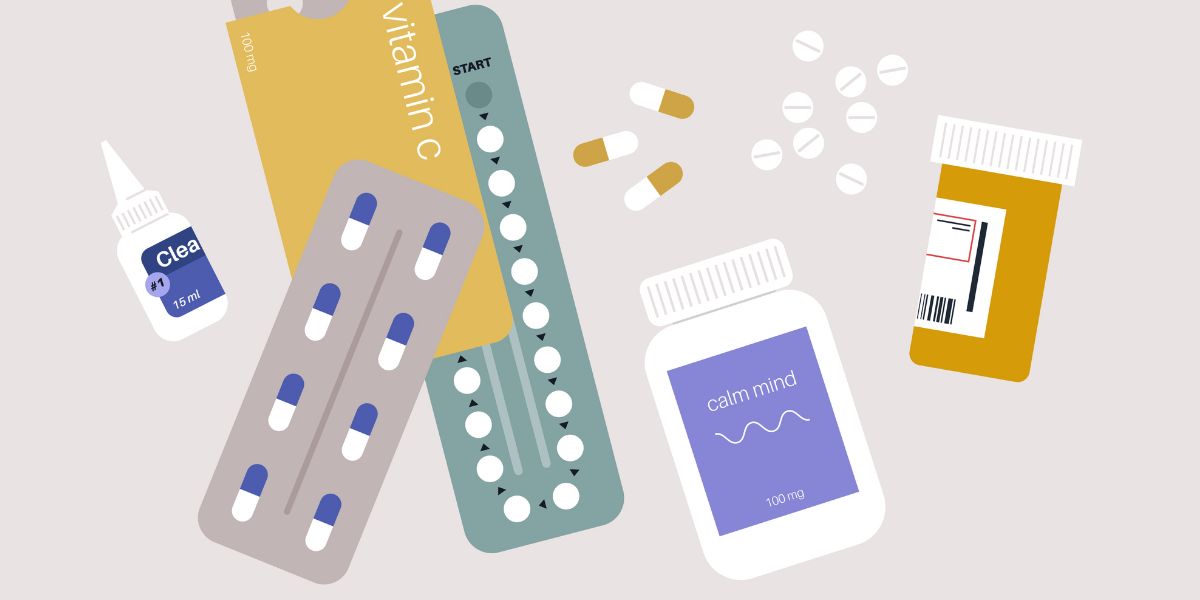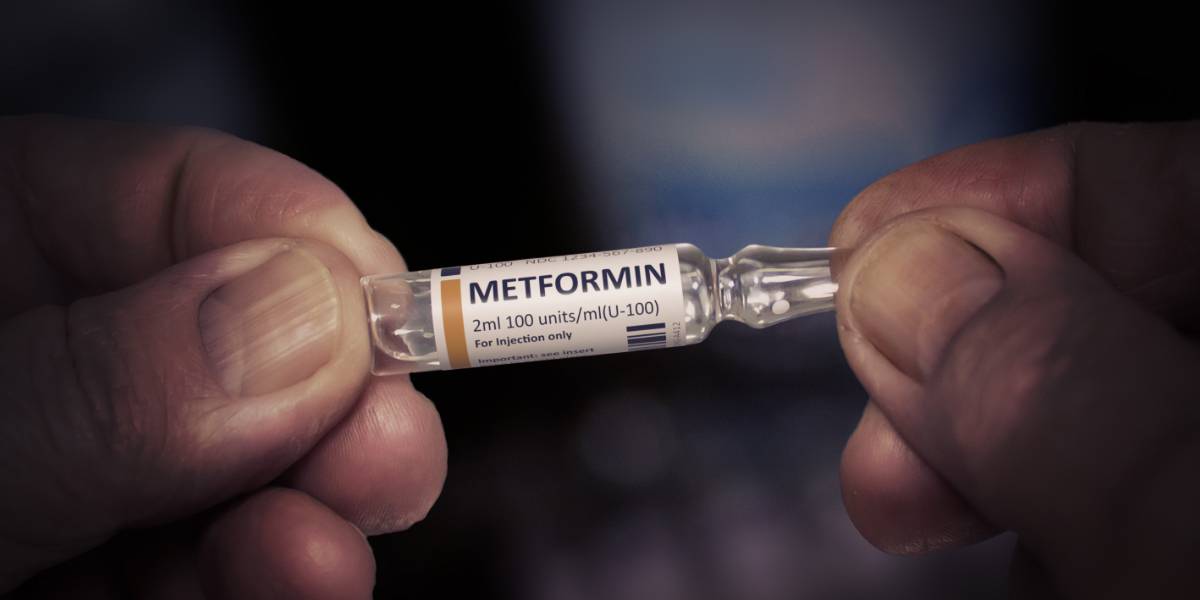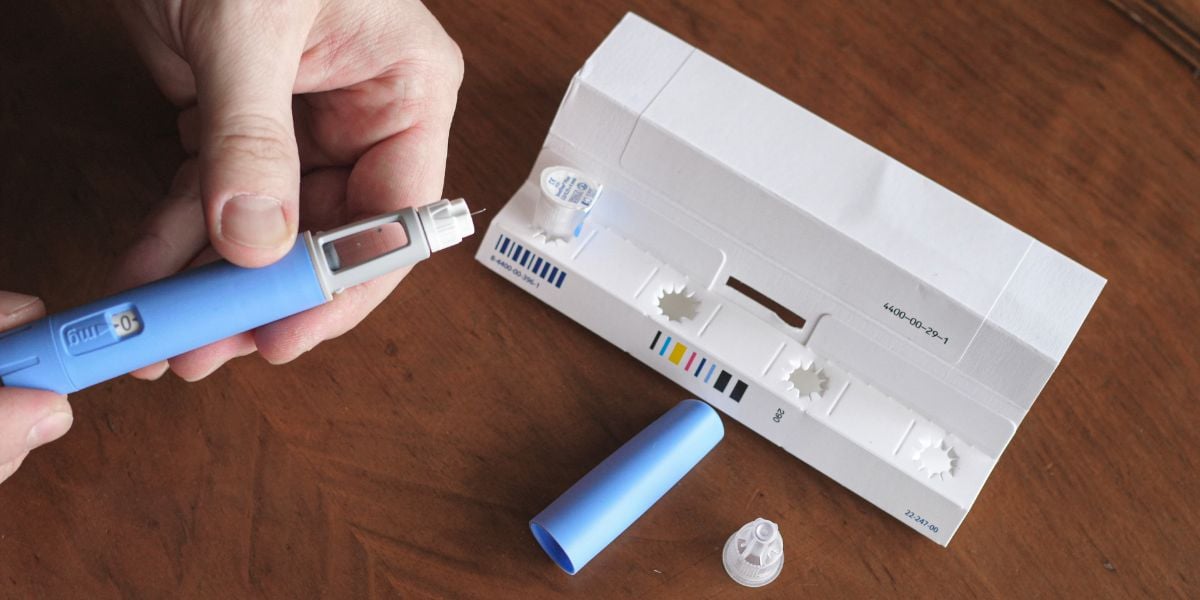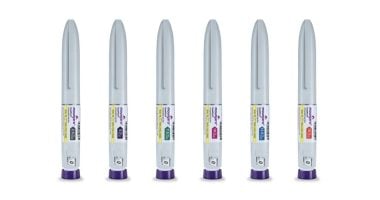Prandin is a drug which is taken before meals and acts quickly to help keep blood glucose levels from rising too high after meals.
The drug belongs to a group of diabetes medications known as prandial glucose regulators (or meglitinides) and has been available since gaining approval for use in 1997.
About Prandin
- Trade name: Prandin
- Generic name: Repaglinide
- Drug class: Prandial glucose regulators / Meglitinides
- Manufacturer: Novo Nordisk
Mechanism of action
Prandin stimulates the release of insulin by beta cells in the pancreas The stimulation of insulin producing cells by the drug tends to be more immediate and lasts for a shorter period than drugs in the sulphonylureas class of drugs.
By triggering more insulin to be released by the pancreas, Prandin helps to lower blood glucose levels but the increased release of insulin may raise blood pressure levels and promote weight gain.
Prandin should be taken in combination with a healthy diet and regular physical activity.
Who is Prandin suitable for?
Prandin is suitable for people with type 2 diabetes if lifestyle changes have not brought blood glucose levels under sufficient control.
Prandin may be taken on its own (monotherapy) or in combination with metformin or another diabetes drug (dual therapy).
Who should not take repaglinide?
Repaglinide is not suitable for people with type 1 diabetes, an autoimmune form of diabetes. Ensure your doctor knows if you have any of the following conditions:
- If you are pregnant, planning a pregnancy or breastfeeding
- If you are taking any supplements which can lower blood glucose levels
- If you have kidney or liver damage
How to take repaglinide
Repaglinide is available in tablet form and is best taken 15 minutes before having a main meal but can be taken at any point within 30 minutes prior to starting a main meal.
If you miss a dose, wait until before your next main meal to resume your treatment.
What to do if you take an overdose
An overdose of repaglinide could cause blood glucose levels to go too low. Be aware of the symptoms of hypoglycemia and treat low blood glucose with fast acting carbohydrate if a hypo occurs.
Call your health team immediately for advice if you have taken an overdose.
Side effects
Side effects of taking Prandin may include one or more of the following:
- Low blood glucose levels (hypoglycemia)
- Abdominal pains
- Diarrhoea
Rarer side effects may include:
- Cardiovascular problems
- Eyesight problems
- Liver problems
Please note that the list provided here is not exhaustive. A complete list of adverse effects is included in the patient information leaflet provided with the medication.
Long term safety
Drugs which stimulate insulin, referred to as insulin secretagogues, have been associated with higher risks of cardiovascular disease (including heart attacks and stroke) compared with metformin A 20 year Danish study, however, showed that repaglinide presented a lower risk than a number of other insulin secretagogues and had a similar cardiovascular risk to metformin.
Whilst studies have shown evidence that some insulin secretagogues are associated with an increased rate of death of the insulin producing cells in the pancreas ( beta cells ), prandial glucose regulators, such as repaglinide and nateglinide, have not been associated with an increase in the rate of beta cell death.







